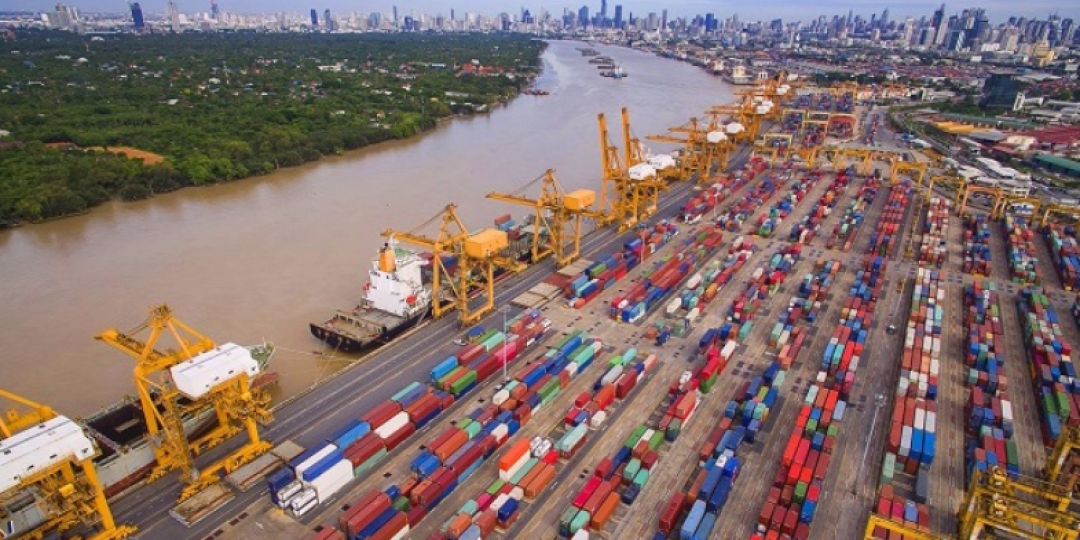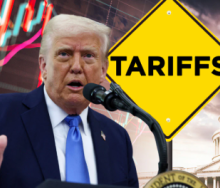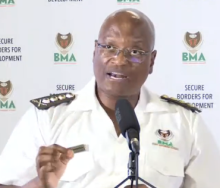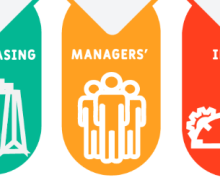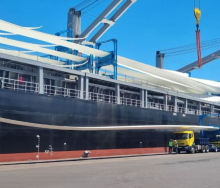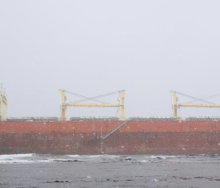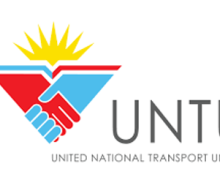African countries can increase the level of intra-continental trade, which now averages between 13% and 20%, simply by improving services, even if infrastructure is not immediately upgraded.
This was the view of Mike Salawou, Director of the Infrastructure and Urban Development Department of the African Development Bank, Côte D’Ivoire, who was addressing delegates at the Transport Evolution Conference in Durban on Tuesday.
Salawou said intra-regional trade in Africa now ranged between 13% and 20% compared with other parts of the world such as Europe, which records about 70% trade among countries in that region.
“In some regions of Africa, intra-continental trade is more – East Africa has between 50% and 60% and the reason for this is because they have reliable infrastructure and regulation of open borders, which helps,” said Salawou.
“We do need reliable infrastructure to achieve growth, but we can do this even with what we have if the cost of infrastructure is brought down, and services are improved. We need to work with the African Union to remove all the bottlenecks to improve trade. We cannot do this without having a public/private-sector dialogue.”
He said the African Continental Free Trade Area (AfCFTA) would enable the continent, which has a GDP of US$3.4 trillion, to unlock its 1.4-billion-person market.
However, he said that to achieve growth, industrialisation was necessary and it was vital to provide quality service delivery at a competitive price in an environment that had conducive and supportive regulations.
“There is a need for reliable infrastructure and logistics network. Sometimes you can do good by improving services without upgrading the infrastructure.”
He said it was important for countries to work together to develop the continent.
“We need to harness synergies to ensure the little money we have for investment is used in an efficient manner – joint planning is key. Good transport infrastructure would spur growth and reduce intra-Africa trade barriers. A multimodal approach is needed, leveraging waterways.”
He added that funding had to take a multi-stakeholder approach involving public/private partnerships for bankability of pure regional projects, special economic zones connected to upgraded/new infrastructure. National projects with regional benefits would lead to rail or road links wholly in one country that are part of a regional corridor, and regulatory issues in one country harmonising with the bloc.
